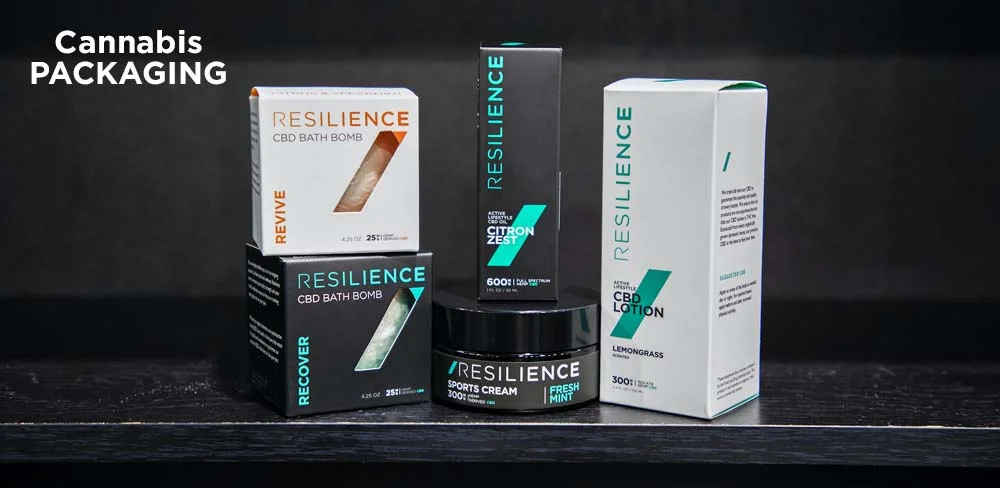Why Does the US Government Allow Cannabis? Cannabis Laws in US
In 1996, California grabbed the headlines as the f...

If you're like most people, your perception of cannabis packaging is generally limited to the vibrant containers and edibles you see on the shelves of dispensaries. However, in practice, it is intricate and subject to FDA regulation. We'll also go through how these regulations affect things like advertising and product labeling. Be sure to read this article if you want to ensure that your items comply with all relevant federal regulations.
The US Food and Drug Administration (FDA) has changed its packaging recommendations for cannabis. The recommendations encompass product labeling, design, testing, and other elements of the cultivation of cannabis. The FDA mandates that all cannabis-containing goods bear labels that include the name of the strain and the ratio of THC to CBD. Along with instructions on how to use and store the medication securely, warnings concerning the possibility of addiction and dependence must be included on products.
Additionally, the FDA is mandating that producers test their goods for pollutants, including pesticides and heavy metals. Finally, the National Fire Protection Association has set safety requirements for all cannabis products (NFPA).
To ensure correct labeling and to safeguard the public, the FDA's top regulations for cannabis boxes when developing, the following ideas are crucial to keep in mind:
The general public is gradually beginning to accept cannabis goods, but many individuals are still unsure of what to expect in terms of packaging. Cannabis businesses must adhere to a few key regulations set forth by the Food and Drug Administration (FDA) when packaging their goods.
The first requirement is that all cannabis-related products must bear the DEA's Schedule I designation on their labels. This implies that a warning label informing customers that the product has not been approved by the FDA and may pose unknown dangers must be present on all cannabis products.
All cannabis products must also be contained in child-safe packaging. This is due to the fact that marijuana is still classified as a Schedule I substance under federal law, making it unlawful to distribute or sell without an FDA authorization.
Last but not least, all cannabis products must have labels that are easy to read and include a complete description of the components as well as the quantity of each. Customers will benefit from knowing exactly what they're buying and avoiding any negative side effects thanks to this knowledge.
Cannabis products must now comply with a number of FDA labeling regulations, including those relating to dietary information. According to the new rules, the following information must be printed on the labels of all cannabis products:
To ensure the safety of cannabis products, the Food and Drug Administration (FDA) has specific packaging requirements for all forms of cannabis. Cannabis products must be packaged in a way that prevents exposure to air and light, protects against moisture, and preserves the product.
Packages for dried cannabis must be sterile and free of any contaminants. To prevent accidental ingestion by children, the package must also be childproof. Cannabis oil packaging must be opaque so that users can't see how much oil is inside. And finally, packages for edible products must be designed to avoid contact with sharp edges that could cause injuries if bitten or ingested.
In 1996, California grabbed the headlines as the f...
Cannabis Boxes have experienced an upward demand c...
Cannabis concentrates are gaining much importance ...
We'll Beat Any Price
Found a better price than ours? We'll beat any price you find.
Live Support
Email, Phone or web chat to help purchasing and more.
Secure Payments
We record and store your preferred method of online payment.
Local Pickup Available
Will Call conveniently available to our customers in Franklin park IL 60131